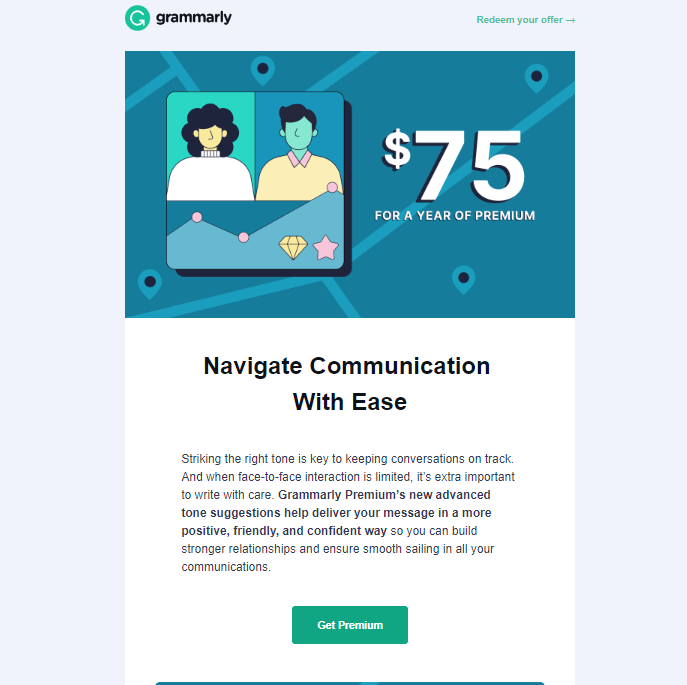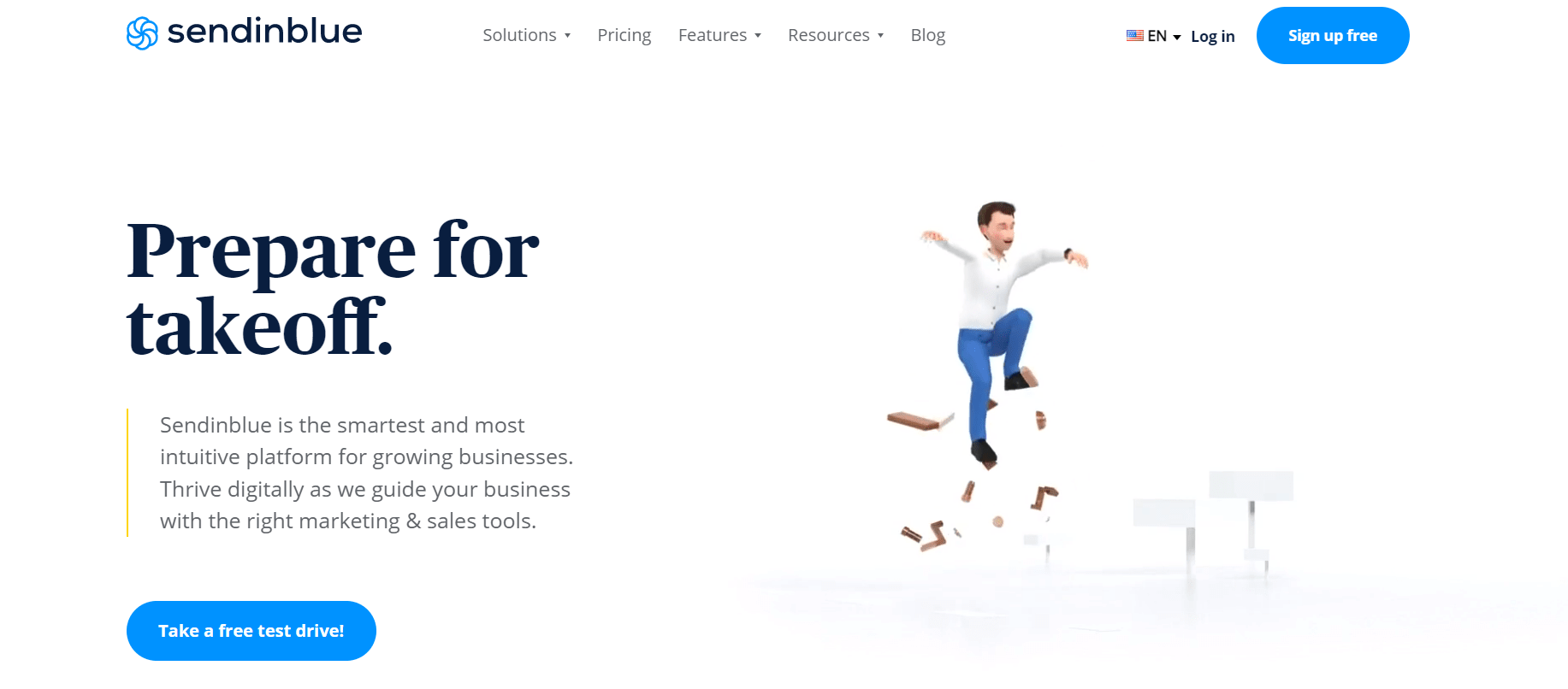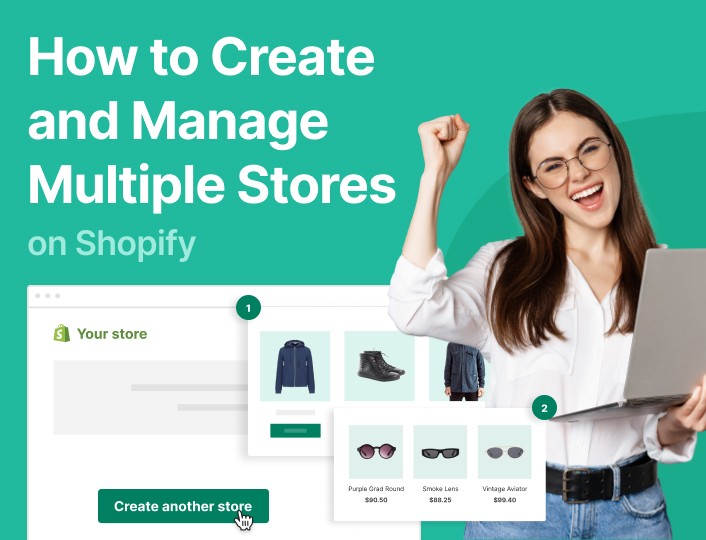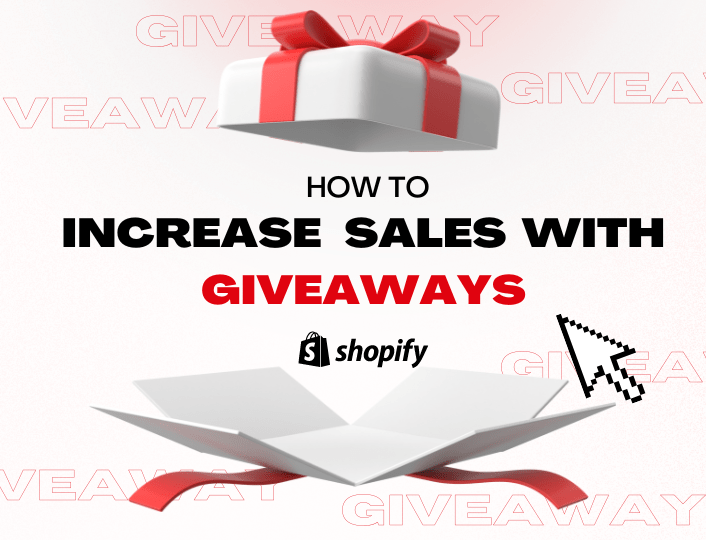Are you looking to grow your Shopify business through email marketing? Or have you been trying email marketing but no significant results If yes, then you are in the right place. We are about to give you tips to upscale your email marketing effort.
According to Statista, over 330 billion emails are sent daily and are received by over 4 billion email users. Interestingly, another study by Hubspot showed that 41% of all emails are viewed on mobile devices, followed by the desktop which accounts for 39% of all views.
So there is no better time to get into email marketing than now if you are serious about growing your business.
To succeed with email marketing, you’ll need to understand the basic concept, types of email marketing, tips and marketing strategies to grow your business.
That’s what this post is about. But first, what is email marketing?
What is Email Marketing?
Email marketing is the practice of sending messages to a person or a group of people via email with the intent to market your products and services, foster relationships, or build awareness for your brand.
You can also send them to your customers to build trust and increase brand loyalty.
In email marketing, there are strategies you’ll need to follow in order to become successful.
One of them is knowing the right type of email to use. Another is knowing when and how to use them. Though there are more, we will only discuss the most important ones.
Below are some of the common types of emails you can use on Shopify.
Types of Emails for Shopify
1. Transactional Email
Transactional emails are sent to a customer based on their interaction with your website. These are emails your customers are actually expecting, and so will likely engage with.
These types of emails include checkout reminder emails, order confirmation emails, password resets, order status emails, order receipts emails and thank you emails.
Every transactional email has a purpose. You might send them to nudge customers to complete an action they initiated or confirm their transaction.
Therefore, it’s important to keep them simple and straight to the point; no need to create ambiguous designs for these emails.
2. Promotional Emails
These are broadcast emails sent to your entire email list and subscribers or a segment of your email contacts. These include monthly newsletters, new product announcements and sales, pre-launch sales, seasonal promotion deals etc.
However, these emails are not anticipated by customers and so might record a low-open rate. The purpose behind these emails is to promote, market and advertise your business, product and brands.
To achieve success with this email type, you need to:
- Create aesthetically look email with images and CTA that can attract the customer.
- Create a strategy for when to send and how to send these emails to your customers
- Offer mouth-watery deals that your customers cannot resist.
Have a look at this email from Grammarly:


Notice how they made their email enticing by conspicuously displaying the pricing discount?
Understanding these email types will help you to create effective email strategies for your Shopify business.
But how can your business benefit from email marketing? Let’s find out.
Benefits of Email Marketing
- Email marketing helps build awareness for your brand. It is also an excellent medium to create and sustain relationships with your customers.
- Helps in customer retention and acquisition.
- It is also a nice tool for content distribution. It also has high returns on investments.
To experience these benefits, there are certain email marketing tips and strategies that you have to put in place to grow your Shopify business.
Shopify Email Marketing Tips to Grow your Business in 2023
1. Personalize Your Emails
Email personalization is one of the best strategies for a successful email campaign. Email personalization goes beyond addressing your email recipients by their first names. You have to understand customers’ needs; sending relevant articles and newsletters will help to get the right message across to them.
Also sending timely emails to your customer is another good personalization strategy.
But how exactly can you achieve this?
Firstly, use automated email marketing platforms, such as Omnisend. These platforms let you send automated, personalized emails to your subscribers.
These platforms use automation to track your customers and send personal messages based on their shopping experience.
Also, there monitor the checkout process and page and will send an email when the customer opt-outs of the checkout page.
2. Keep Your Emails Simple and Concise
Avoid ambiguous words, big grammar, acronyms and languages when sending an email. It should be simple and straightforward.
Simple words are easier to understand and pass the message across than when you write ambiguous words that may need interpretations to understand.
More precisely, customers can quickly grab the tone of your email, so you should as much avoid ambiguous words and phrases so as not to sound too professional which may come off as being stiff and cold.
Make intentional efforts to use contractions and conjunctions to connect your words and phrases to make the email appear casual and conversational.
3. Add a Compelling Call-To-Action(CTA)
A call to action is simply what you want your customers to do after engaging with your emails. It is a very crucial and important part of an email.
They should be bold and clear. It needs to stand out in your email and have contrasting features to the body of your email.
Most CTA’s comes as buttons with contrasting text on them to indicate the next line of action. The CTA text should be concise with no more than a few letters to explain the next actions.
Some of these CTA’s redirect customers to the web page or the business store to make purchases.
With this CTA, you can track your click-through rates to track and monitor your email performances and conversions.
4. Use Convincing Subject Lines
Subject lines are the first thing customers see when mail is sent. It is therefore important to write convincing headlines that will keep them mesmerised and open the email.
A well-crafted mail body with a random headline is a bad email marketing strategy and should be avoided at all costs.
Your email headlines should be clear and concise with a better understanding of what the email entails. Let the reader know what to expect in the email.
For promotional emails, you can add a sense of currency by adding the time frame left for sales to end or offering a discount amount.
Also, it’s necessary to avoid using Caps, emojis and excessive tags as it comes off as being loud and offensive.
5. Valid Email Address
Your email address is an integral part of your email marketing campaign and should be valid because your customers might want to reply to your emails.
However, there are instances where you’ll need a no-reply email address such as in promotional emails when you want to send a one-time code or for a shipping confirmation to a customer that does not require a response.
It is really advisable to avoid the no-reply email address for regular emails to your contact list.
6. Make Maximum Use of The Preview Text
The preview text is a block of text that comes after the subject and is visible to the subscriber in their email inboxes.
It offers another opportunity to persuade the subscriber to open the email.
If left blank, it uses the first line of text from your email, which might not be great. So it is a good practice to customize your preview text to boost your email open rate.
Get creative with your preview text and increase the chances of your mail being read by the subscriber.
7. A/B Test your Email Contents


Do you have 2 different ideas about a particular topic and you want to send both to your subscribers?
Why not test-run your content to know the one will work?
How do you A/B test your email campaign?
First, there are some features of the email that you can compare contents with.
To carry out these testing, you should have your test subjects say 2 groups with at least 50 contacts in each.
Then, change some of the contents of the emails such as the Subject lines, preview text, body contents, visual and graphical presentations and the call to action.
Send them to your test group and compare the results, choose the one with the higher view and click-through rate. Afterwards, send that one to the remainder of the subscriber list.
This will help you understand your audience on a personal level and help you tune your emails to your subscriber’s preferences.
8. Segment Your Audience
Segmenting your emails will equally go a long way in making your email campaigns convert better. You can segment them based on their shopping experience, interests and preferences, or location.
This is helpful in sending tailored messages beneficial to each segment. Also, it reduces the urge to send broadcast messages to all of your email lists.
However, it takes a whole lot of time and energy to segment your audience.
What to do: automate!
9. Allow Users to Unsubscribe
It’s important to give your subscribers the option of subscribing from your mailing list whenever they want.
Truth is that not everyone who opted into your email list will like to continue receiving your emails.
It is fair to allow them to unsubscribe at any point of their journey by making the unsubscribe button visible and available at all times.
Your focus should be on email opens and click-throughs and not on the number of subscribers you have.
Allowing people to unsubscribe helps you to focus more on people who need your content and work towards providing relevant and valuable content to them.
It is effective for you to clean your email list and get rid of those unsubscribers to keep your list clean and organised.
10. Integrate Analytics into your Email Marketing
Track, track, and track! We can’t overemphasize the importance of tracking your email marketing campaigns using your preferred analytics.
They can help you to make smart decisions for your email marketing strategies.
Metrics such as the click-through rates, bounce rate, unsubscribers and click-open rate are worth paying attention to and can help you to track your performance and what areas to improve.
With the emphasis on the click open rate because they are your active subscribers.
To start with analytics, ensure your landing page is connected to Google Analytics.
These are our best practices for email marketing to grow your Shopify business in 2023. To work smarter, there are email marketing soft wares that automate processes and make the job easier.
Email Marketing Software for Shopify
1. SendInBlue


Sendinblue is one of the most popular email marketing apps for your Shopify. It features a drag-and-drop builder that allows you to create highly engaging emails within minutes. It also features automated tools to send follow-up emails and transactional emails at the right time.
Their free plan allows you to send up to 300 emails per day. The paid plans start at $25 per month.
2. HubSpot
Hubspot is well-known and one of the email best marketing software with an in-built CRM. It incorporates powerful automation features that handle all your marketing from sending emails, to content management.
Email personalization is easy in Hubspot. It can personalize emails based on device type, interest or on any other custom information.
The paid plan starts at $45 per month but it has a free plan which offers up to 2000 free emails per day with an unlimited number of subscribers.
3. Omnisend
Omnisend is one of the best email marketing software for e-commerce. It integrates with powerful e-commerce platforms such as WooCommerce and Shopify. Besides, it has one of the best automation workflows for sending emails, A/B testing and subscriber segmentation.
In addition, it has inbuilt SMS features that allow you to send messages to customers in over 200 regions.
It has both free and paid plans which start at $16 per month while the free plan allows you to store up to 250 contacts.
Not interested in any of those three solutions? Why not check out our full collection of email marketing software for Shopify?
Conclusion
Email marketing is one of the best approaches to communicating and interacting with your customers on a personal level. Modern businesses, both large and small, are turning towards email marketing to help them with customer retention and grow their businesses. Don’t be left out.
Looking to capture your website visitors’ emails for email marketing purposes? Adoric can help.
Adoric lets you create and deploy eye-catching email opt-in popups to your website. These popups allow you to capture as many emails as possible.
Add Adoric to your Shopify website right away to see it in action.




